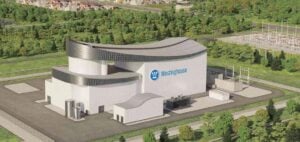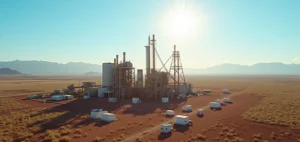Rolls-Royce’s Lunar Modular Nuclear Reactor has received £2.9 million (€3.3 million) in funding from the UK Space Agency. This announcement by the British industrial group to develop small modular reactors (SMR) for future lunar bases aims to provide the energy needed by humans to live and work on the Moon.
First modular nuclear reactor ready to be sent to the Moon by 2029
The group expects an initial reactor, which will be about the size of a car, to be ready to send to the moon by 2029. Nasa announced in early March that the Artemis 2 space mission would take astronauts around the satellite in November 2024. The Artemis 3 mission, which will land astronauts on the lunar surface, is officially scheduled for 2025.
Rolls-Royce will work with several British universities, including Oxford, to develop this lunar modular nuclear reactor technology. “Nuclear power has the potential to significantly increase the duration of future lunar missions and their scientific value,” the group assured.
Funding in addition to a first tranche in 2022
The funding announced Friday is in addition to £249,000 provided by the UK Space Agency in 2022. This new unit will allow the company to perform a first demonstration of a lunar modular nuclear reactor.
Nuclear energy on Mars
Nasa announced in January a partnership with the Pentagon to develop a nuclear-powered rocket to send humans to Mars.





















